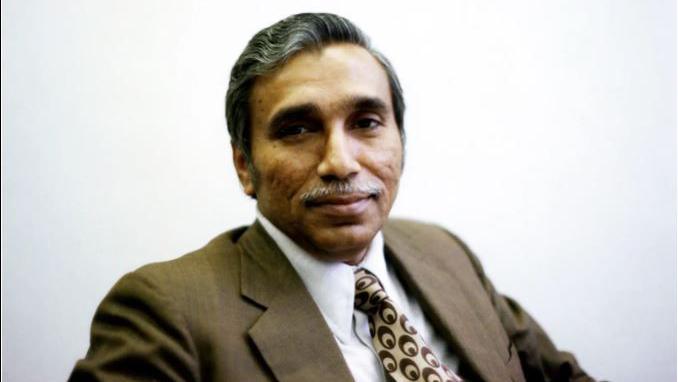Fazlur Rehman Khan, a distinguished Bangladeshi engineer, is often lauded as the ‘Einstein of structural engineering,’ owing to his remarkable contributions to modern architecture. His innovative designs for skyscrapers have left an indelible mark on the skyline of numerous cities around the world. Among his most celebrated works are the Sears Tower (now Willis Tower) and the John Hancock Center in Chicago, both of which stand as towering symbols of his engineering prowess. Additionally, Khan’s influence extended beyond American shores, with his designs for the Hajj Terminal of King Abdulaziz Airport and King Abdulaziz University in Jeddah, Saudi Arabia, showcasing his global impact.
One of Khan’s most significant contributions to the field of engineering was the introduction of the tube structural system. This revolutionary approach to building design not only enabled the construction of taller and more structurally sound buildings but also allowed for greater architectural flexibility. Khan’s visionary ideas paved the way for the development of iconic structures like the Burj Khalifa in Dubai, which stands as a testament to his innovative spirit and engineering genius.
Born in 1929 in the Faridpur district of Dhaka, Khan’s journey to becoming a pioneering engineer was marked by perseverance and dedication. After completing his engineering education in India, he pursued further studies in the United States on a Fulbright scholarship. It was during this time that he honed his skills and developed his distinctive approach to structural engineering. Joining the renowned firm Skidmore, Owens & Merrill, Khan quickly established himself as a leading figure in the field, earning citizenship and widespread recognition for his groundbreaking work.
Beyond his professional achievements, Khan was also deeply committed to the cause of his homeland, Bangladesh. He played a pivotal role in advocating for the country’s independence, mobilising Bangladeshi expatriates in the United States and providing crucial support to diplomats during a tumultuous period in Bangladesh’s history.
In recognition of his outstanding contributions to civil engineering and his unwavering dedication to his country, Khan received numerous accolades and honours. The Bangladesh government awarded him the prestigious Independence Day Award in 1999, and his legacy continues to be celebrated by engineers and architects around the world.
Fazlur Rehman Khan’s untimely passing in 1982 marked the end of an era, but his legacy lives on through the enduring structures he created and the innovative ideas he championed. His life serves as a testament to the power of human ingenuity and the profound impact that individuals can have on the world around them.



He was the citizen of Bangladesh
Before Partition That was Pakistan Also
Fazlur Rehman Khan’s extraordinary accomplishments in the field of engineering serve as a beacon of inspiration for generations to come. His innovative designs and pioneering approach to structural engineering have reshaped skylines and challenged the boundaries of what was once deemed possible. From the iconic Sears Tower (now Willis Tower) to the soaring Burj Khalifa in Dubai, Khan’s visionary contributions have left an indelible mark on the world of architecture.
What truly sets Khan apart is not just his technical brilliance, but also his unwavering dedication to excellence and his commitment to pushing the boundaries of human achievement. Despite facing numerous challenges throughout his career, including cultural barriers and financial constraints, Khan remained undeterred in his pursuit of excellence.
His legacy extends beyond the realm of engineering, encompassing his advocacy for the independence of Bangladesh and his tireless efforts to support his homeland. Khan’s life story serves as a testament to the power of perseverance, ingenuity, and the unwavering belief in one’s dreams.
As we reflect on Fazlur Rehman Khan’s remarkable journey, we are reminded that no obstacle is insurmountable and that with determination and passion, we can indeed leave a lasting impact on the world. He is a true inspiration, and his achievements continue to inspire and motivate aspiring engineers and architects worldwide.
ThankYou